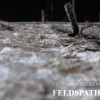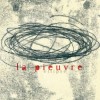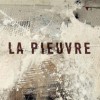LA PIEUVRE |
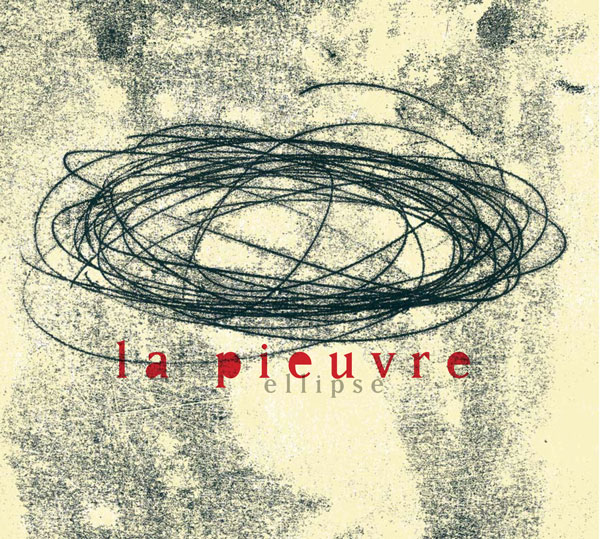
|
BUY / ACHETER |
| CONDUCTED BY OLIVIER BENOIT ALL THE MEMBERS OF LA PIEUVRE |
For almost a decade La Pieuvre have been engaged in conducted improvisation under the direction -“conduction”- ofOlivier Benoit. In the course of their various projects there has developed a unique working relationship between orchestraand conductor, an ever more refined gestural language allowing meticulously accurate intercommunication and theexploration of a richly varied sound-world – witness the pieces recorded on their first album, 1999-2005 (Helix LX001).
While La Pieuvre is creatively most at home with spontaneous composition, they are nonetheless open to working theresults of their experiments into pieces of a more predetermined form – the difference lying simply in the way time isconsidered. So the transition to “composing” becomes a shift of emphasis, not a fundamental change, to do with the alreadyvariable time-lag between two moments, that of conception and that of interpretation.
The play on time, in all senses of the word, can be seen on many levels in the origins and performance of the piece called”Ellipse”. Inspired by the work of the dancer choreographer and doctor David Flahaut, the work exploits the physicalcapacities of each player, his heartbeat, his breathing and his stamina.. The four movements not only unfold without a break,- the track numbers on the CD act merely as reference points for the listener – but employ a highly individual treatmentof time (and equally a unique sound-space, achieved, both in the studio and on stage, by careful placing of the instruments,according to their relative power, along the outline of a perfect ellipse.
The opening section, acting like an airlock, establishesthis new time-sense. A continuous wall of sound – electric and percussion instruments only – breaks on the ear,oppressive and unsettling, demanding unusual levels of attention.
Is this so very far from the experience Cage had in the anechoic chamber, which led him to his new concept of silence?Cut off from all external sound he was made aware of the sounds of his own body – the high register of his nervous system,the throb of his circulation and heartbeat.
And it is the heartbeat of each musician, the personal “counter” whose rate varies with exertion and the prolongedholding of the breath, that Benoit employs as the key to the second movement of his piece. The initial harmonic elements areremixed and displaced according to a rhythmic system based on varying ratios of sound to silence, all subject to theinstability of the pulse-counts. The third part of Ellipse develops this quasi-regularity – or rather this interweaving ofdifferent quasi-regularities – into a strictly metronomic activity where measured time, paradoxically through the agency ofpulse, breaks down into pure texture. Time, transformed, gives way to sound. Simultaneous cross-rhythms, emphasized bythe layout of the band, come to dominate the end of the movement. Each sub-group confronts the others in games ofopposition and attraction between slightly differing tempos, resulting in what could be called an intricate “multirhythm”.
The fourth and final movement rounds off the figure with a slow repetitive progression. Here auditory – and widersensory – perceptions become altered; the musician senses a realignment of what were his strengths and weaknesses,physical and technical; his pulse quickens in his heightened awareness; time seems to eddy and shift!.
What then does the ellipse signify? The word in French denotes not only a certain curve, but also a figure of syntax, English”ellipsis”, also “eclipsis”, where parts of a sentence are left out; thus a gap, a contraction, a short cut!
![]()
Placé sous la conduction d’Olivier Benoit, le grand orchestre de La Pieuvre pratique depuis une décennie l’improvisation dirigée selon un langage unique, méticuleusement développé au fil des projets. Les interactions à l’oeuvre dans cette formation ont permis l’exploration de diverses aires sonores et l’élaboration d’une communication gestuelle qui va se raffinant – comme en témoignent les pièces enregistrées sur le premier disque du groupe (1999-2005, Helix LX 001).
Si la composition spontanée reste le mode d’invention musicale naturel de cet orchestre, une forme de préméditation (nourrie d’expérimentations antérieures) peut se faire jour – la distinction des deux pôles ne tenant finalement qu’à une appréciation différente du temps. Ainsi le “passage à la composition” n’est-il qu’un glissement, de degré et non de nature, dans le modus operandi, jouant de la distance fluctuante entre moment de conception et instant d’interprétation.
Ce jeu sur le temps, avec tout ce que les acceptions du terme impliquent, se retrouve, à bien des niveaux, dans la genèse et la mise en oeuvre de la pièce intitulée Ellipse; inspirée par le travail du danseur, chorégraphe et médecin David Flahaut, elle repose, dans ses quatre parties, sur le rythme cardiaque, le souffle ou la résistance physique de chaque instrumentiste. Elle se déploie non seulement continûment – et les index disposés sur son cours ne sont que des repères pour l’auditeur – mais surtout dans une temporalité propre (et un espace singulier car, en studio comme sur scène, l’orchestre adopte une disposition précisément elliptique conçue, selon la puissance des différents instruments, pour une spatialisation particulière du son) qu’instaure, tel un sas, le cluster électrique liminaire : le statisme de cette première partie éclatant soudainement remodèle l’écoute, ébranle le corps et fait vaciller les repères.
L’expérience à laquelle Cage doit la révision de sa conception du silence en est-elle si éloignée ? Enfermé dans une chambre anéchoïque, c’est face aux bruits de son corps qu’il se trouve placé : le système nerveux tient les aigus; la circulation sanguine et le coeur, les graves…
C’est justement à cette pulsation cardiaque, envisagée pour chaque musicien comme “compteur” strictement individuel et variable (au gré du stress ou de l’apnée habitée qui succède à l’ouverture), qu’Olivier Benoit confie la clef du deuxième mouvement de sa pièce : les données harmoniques se compliquent de paramètres rythmiques (un ratio évolutif associant son et silence) eux-mêmes assujettis aux instabilités des pouls. La troisième partie d’Ellipse est une extrapolation progressive de cette quasi-régularité (ou de ces quasi-régularités hétérogènes) qui aboutit à une activité proprement métronomique où déjà s’abolit, paradoxalement à force de rythme, le temps chronométrique, se dissolvant en texture, au profit du son, pour une durée reconfigurée. La polyrythmie qui finit par dominer est accentuée par la division de l’effectif en sections qui se voient confrontées les unes aux autres dans des jeux d’opposition et d’attraction de tempos légèrement décalés – confinant à ce qu’il faut bien appeler une complexe “multirythmie”. Le quatrième et dernier volet de la pièce vient clore la figure géométrique en bouclant lentement une progression au cours de laquelle, entre altération des perceptions (auditives ou plus largement corporelles), modification des facultés ou fragilités (physiques et techniques, chez le musicien) et transes charriant leurs tachycardies, se sont créés des effets de glissement dans la chronologie…
Quant à savoir si l’ellipse désigne alors un vide temporel, une omission, un raccourci ou une courbe particulière…
See also :
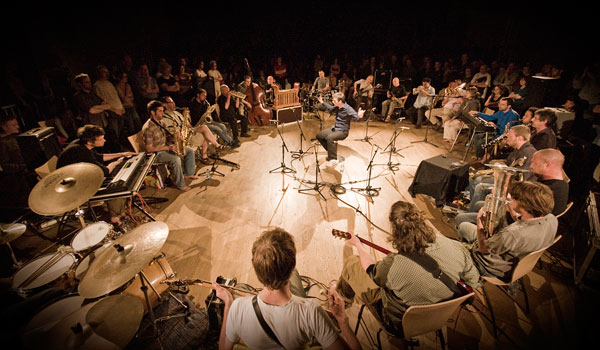
| ||

| 
| |






